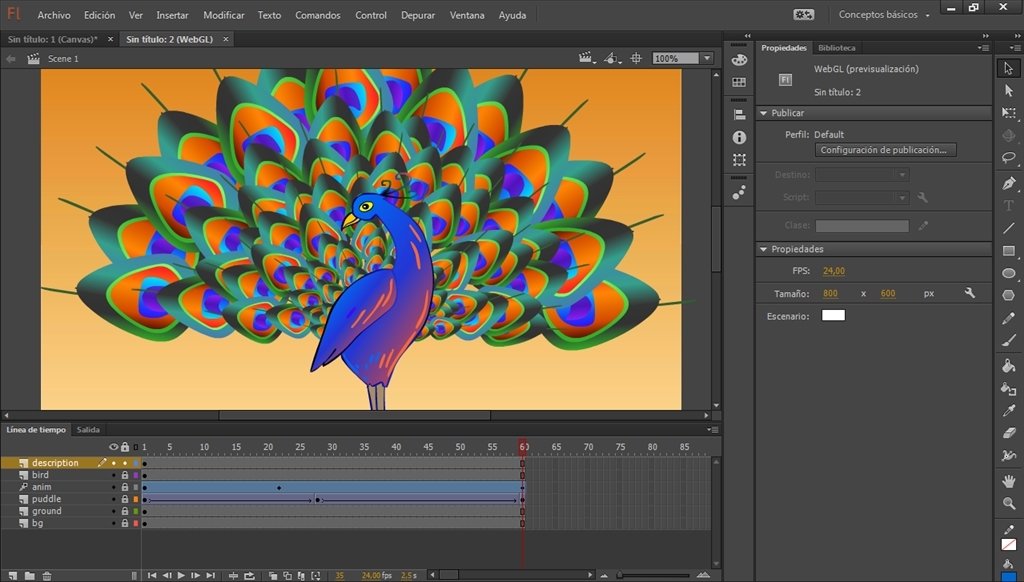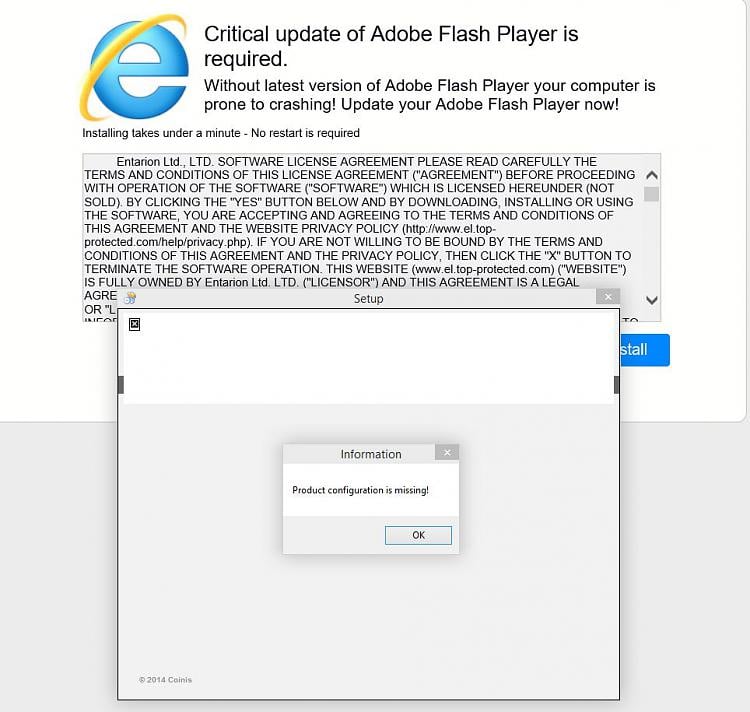

In an update over on Microsoft's official Windows Blog, the company said that starting in June 2021, update KB4577586 "Update for Removal of Adobe Flash Player" will be included in the Preview Update for Windows 10, version 1809 and above.Īnd in July, the update will be added to the Latest Cumulative Update for Windows 10, versions 1607 and Windows 10, version 1507. Microsoft will start putting the final nails in the coffin containing Adobe Flash next month. Still, it's taken a long time to scrub the tech from all of today's most-used products and services. Eventually, Adobe and its partners got the hint and started taking steps to officially end support. Perhaps the most famous incident occurred in 2010 when then Apple CEO Steve Jobs published an open letter that outlined why Flash would not be allowed in the company's iOS products. Due to its history of security and stability problems, users on the desktop are still encouraged to always update to the latest version.Recap: People have been distancing themselves from Flash for well over a decade now. Adobe announced the end of Flash for mobile devices in late 2011. However, with the advent of HTML5, Adobe Flash is in decline. Without it, many videos and games cannot be displayed in the browser.

No additional installation is necessary for Google Chrome which includes its own edition maintained by Google.Īdobe Flash player is still an essential part of today's web browsing experience.

One, called Adobe Flash Player ActiveX, is only for the use within Microsoft Internet Explorer, while the other, Adobe Flash Player Plugin, is for the use in other browsers such as Mozilla Firefox. On Windows, there are two separately available editions of Adobe Flash Player. It is not available within the browser on Apple's iOS mobile devices (iPhone, iPad), where Apple disallows it citing security and stability reasons. Flash Player is often used to display videos, games, and advertisements.Īdobe Flash Player is available for many platforms and browsers, including Windows, MacOS X, Linux, and several mobile device operating systems such as Android. It was initially developed by Macromedia, which was purchased by Adobe in 2005. Since its inception in 1996, Adobe Flash Player has become a quasi-standard for the display of video content on the web.


 0 kommentar(er)
0 kommentar(er)
